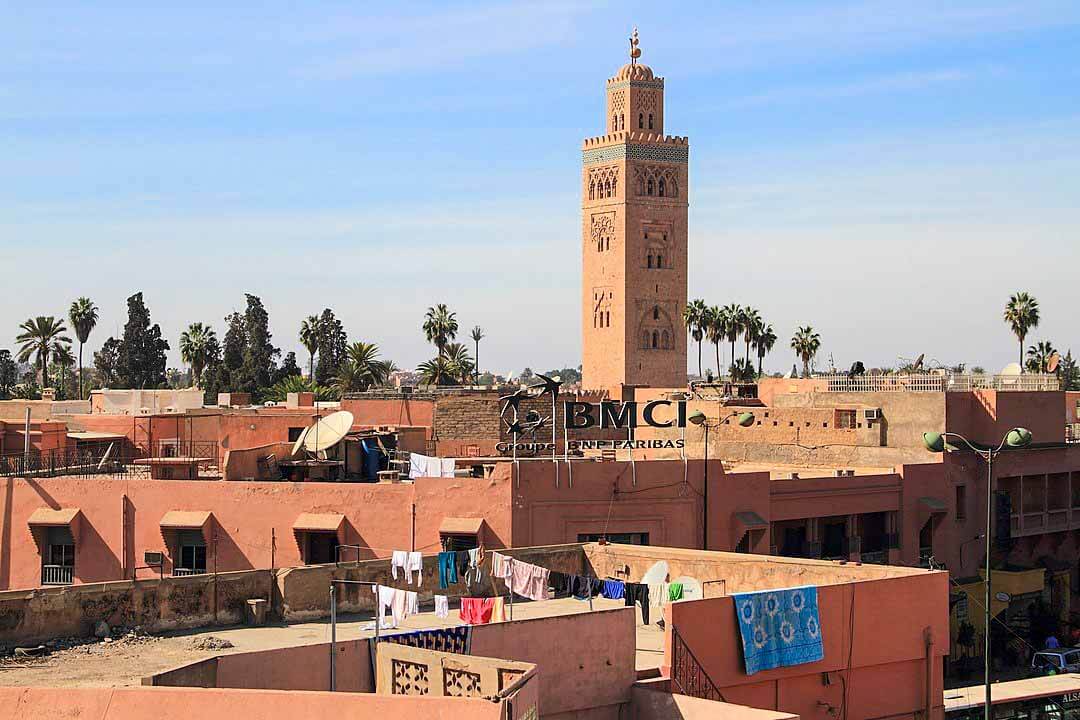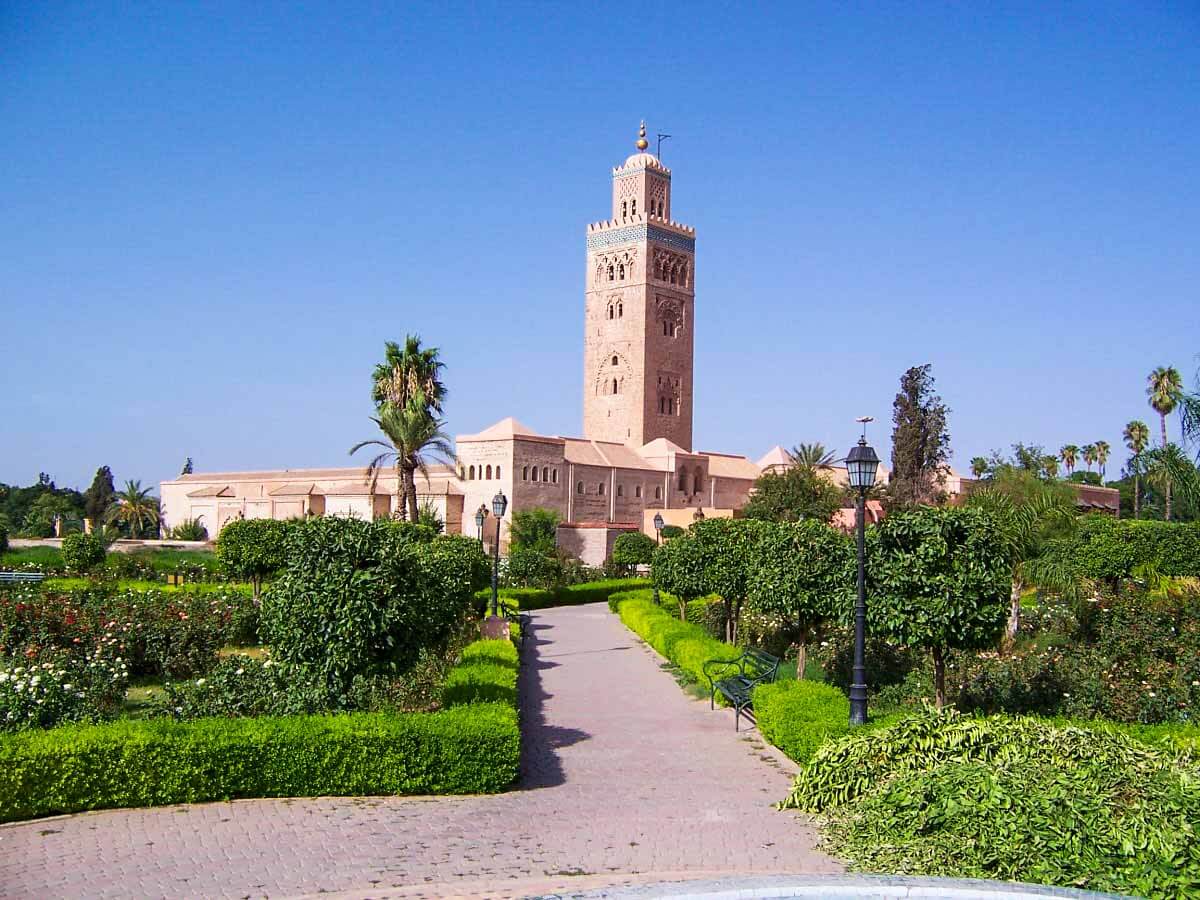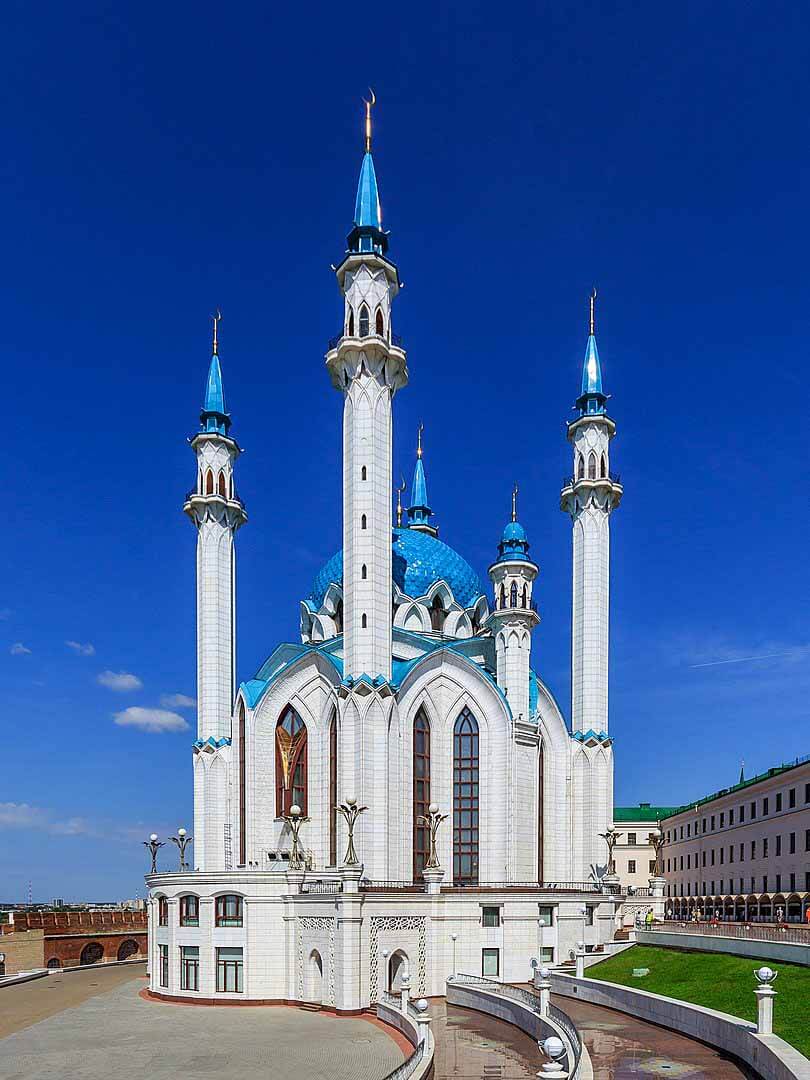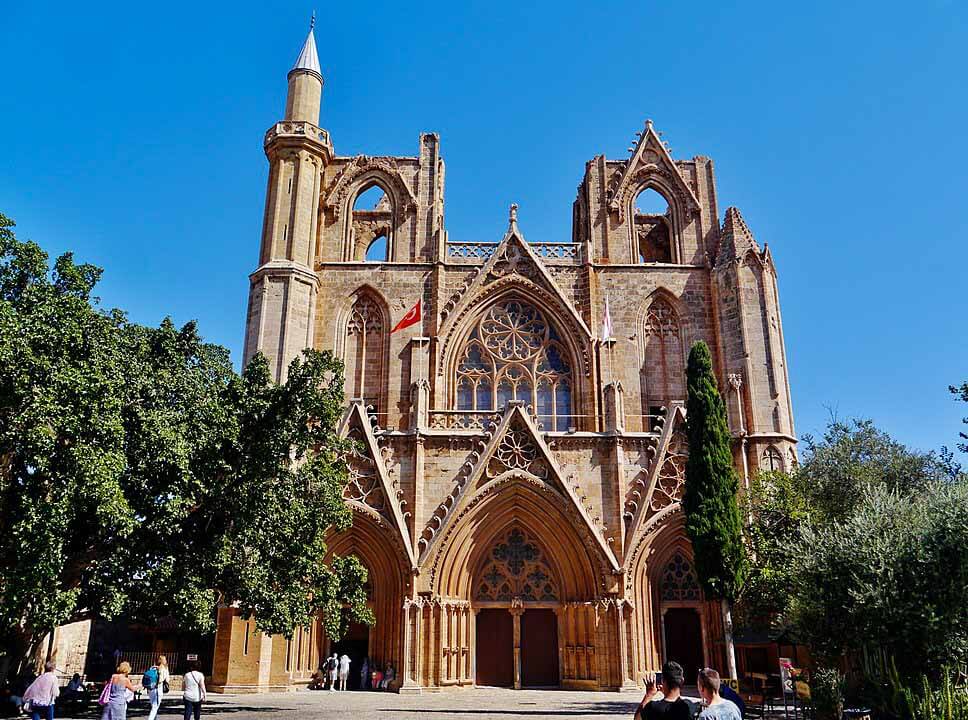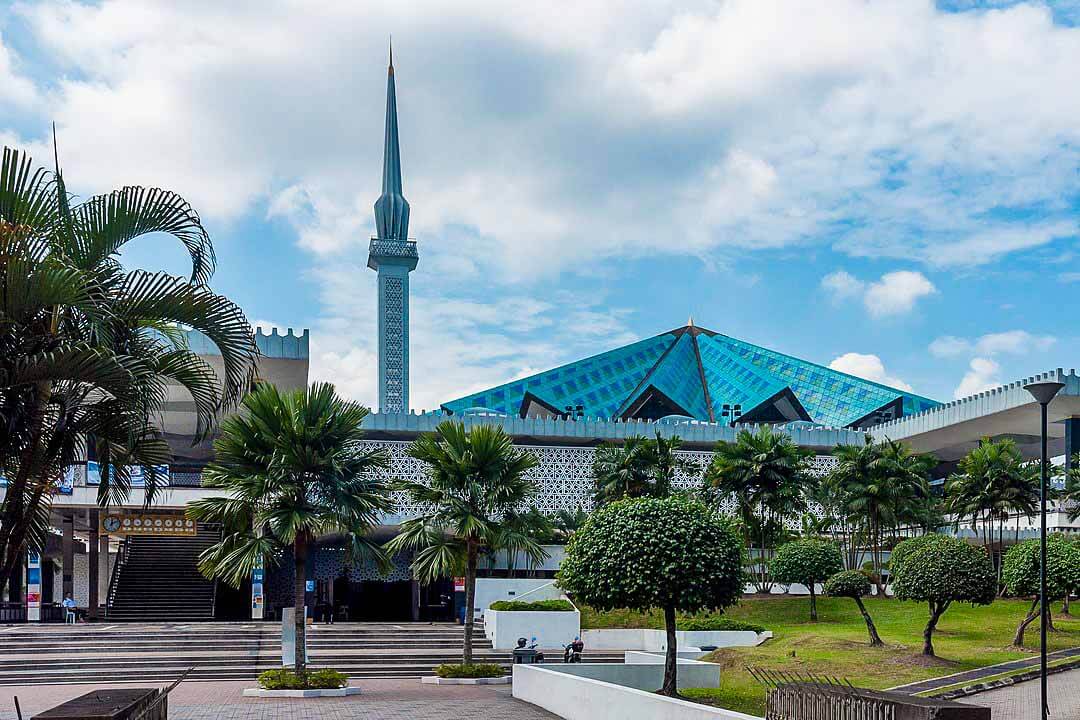Marrakesh, Morocco
Coordinates: 31.624124, -7.993541
The Kutubiyya Mosque or Koutoubia Mosque is the largest mosque in Marrakesh, Morocco.
The mosque’s name is also variably rendered as Jami al-Kutubiyah, Kutubiya Mosque, Kutubiyyin Mosque, and Mosque of the Booksellers.
It is located in the southwest medina quarter of Marrakesh, and is flanked by large gardens.
The mosque was founded in 1147 by the Almohad caliph Abd al-Mu’min right after he conquered Marrakesh from the Almoravids.
But it was later demolished and rebuilt in the 12th century because it was not facing Mecca Sharif correctly.
A second version of the mosque was entirely rebuilt by Abd al-Mu’min around 1158, with Ya’qub al-Mansur possibly finalizing construction of the minaret around 1195.
This second mosque is the structure that stands today. It is considered a classic and important example of Almohad architecture and of Moroccan mosque architecture generally.
It likely inspired other buildings such as the Giralda of Seville and the Hassan Tower of Rabat, which were built shortly after in the same era The minaret is also considered an important landmark and symbol of Marrakesh.
The mosque is surrounded by well maintained gardens and fountains.
Origin of name
All the names and spellings of Kutubiyya Mosque, including Jami’ al-Kutubiyah, Kotoubia, are based on the Arabic word kutubiyyin (كُتُبيين), which means “booksellers”. The Koutoubia Mosque, or Bookseller’s Mosque, reflects the honorable bookselling trade practiced in the nearby souk.
At one time as many as 100 book vendors worked in the streets at the base of the mosque.
Tomb of Saint
Also on the same esplanade is a small white domed building, the Koubba (or Qubba) of Lalla Zohra. This is the tomb of Fatima Zohra bint al-Kush (also called Lalla Zohra), a female mystic who died in the early 17th century and was buried here near the mosque.
Present day
Today, the mosque is still active and non-Muslims are not allowed inside. However, it is possible to visit the Tin Mal Mosque, built along the same lines, which is inactive but preserved as a historic site south of Marrakesh.
Minaret
The minaret is designed in Almohad style and was constructed with rubble masonry using sandstone.
The minaret tower is 77 metres (253 ft) in height, including the spire, itself 8 metres (26 ft) tall.
Each side of the square base is 12.8 metres (42 ft) in length. The minaret is visible from a distance of 29 kilometres (18 mi).
Its prominence makes it a landmark structure of Marrakesh, which is maintained by an ordinance prohibiting any high rise buildings (above the height of a palm tree) to be built around it.
The mu’azzin calling the faithful for the adhan (prayer), is given from the four cardinal directions at the top of the minaret.
The minaret is topped by a spire or finial (jamur).The finial includes gilded copper balls, decreasing in size towards the top, a traditional style of Morocco.
A popular legend about the orbs, of which there are variations, claims that they are made of pure gold.
Minbar
The Kutubiyya Mosque’s original minbar (pulpit) was commissioned by Ali ibn Yusuf, one of the last Almoravid rulers, and created by a workshop in Cordoba, Spain (al-Andalus).
Its production started in 1137 and is estimated to have taken seven years.
It is regarded as “one of the unsurpassed creations of Islamic art”.
Its artistic style and quality was hugely influential and set a standard which was repeatedly imitated, but never surpassed, in subsequent minbars across Morocco and parts of Algeria.
It is believed that the minbar was originally placed in the first Ben Youssef Mosque (named after Ali ibn Yusuf, but entirely rebuilt in later centuries).
It was then transferred by the Almohad ruler Abd al-Mu’min to the first Kutubiyya Mosque and was later moved to the second incarnation of that mosque. It remained there until 1962, when it was moved to the El Badi Palace where it is now on display for visitors.[3]
Know This
The Muslims can visit it during the prayer times while the non Muslims are not allowed to enter it.
On the east side is a door you can peak through. Non muslims are not allowed in the mosque so don’t go in.




